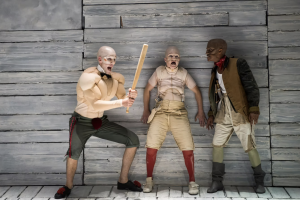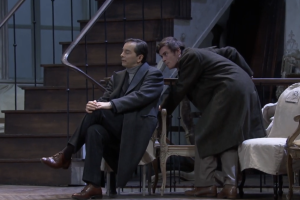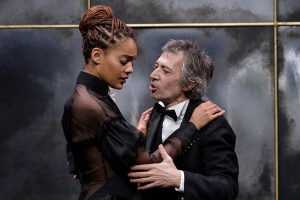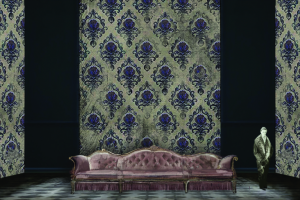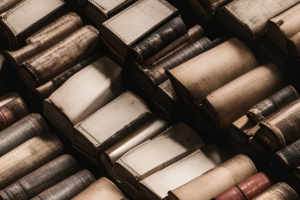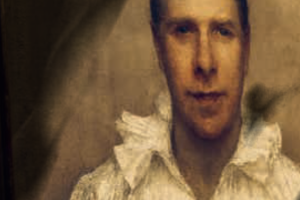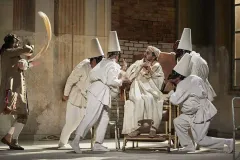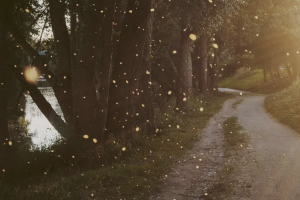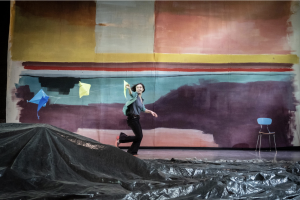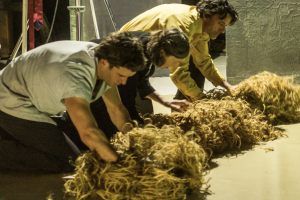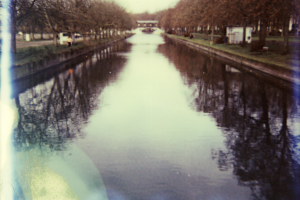- 38 views
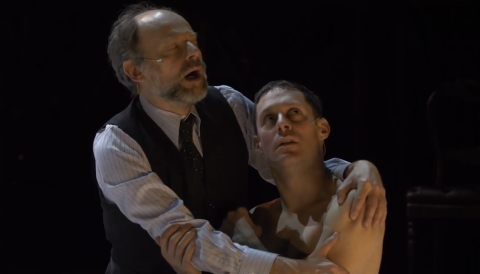
Le Tartuffe ou l'Hypocrite
It has been reconstructed thanks to the "theatrical genetics" work carried out by historian Georges Forestier, who points out that this Tartuffe was censored by Louis XIV, who could not on the one hand be the herald of Catholic orthodoxy and on the other allow his favorite actor-author to represent such a satire of the devout on his Parisian theater. The play we've known ever since, Le Tartuffe ou l'Imposteur, is a version modified in 1669, softened and extended to five acts when the first comprised just three. This premiere marks Ivo van Hove's reunion with the Troupe, whom he has directed in Les Damnés and Électre/Oreste, but also with Molière, whose Le Misanthrope and L'Avare he has already staged, but whom he is directing for the first time in France. He chose this energetic, even furious version, focused on the crisis that Tartuffe's arrival provokes in a wealthy, ruined family. It focuses on Tartuffe's passionate relationship with the rich Orgon's young second wife, the conflict between father and son, and the opposition between Cléante's progressive, libertine vision of the world and the conservative vision of Orgon and his mother. Ivo van Hove never forgets that Tartuffe is a beggar who "is given the role of savior, devotee, by Orgon, who finds in him a confidant, a spiritual master" until, to "seal this unique bond, he decides to make Tartuffe his sole heir.
